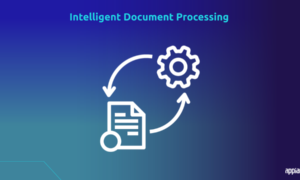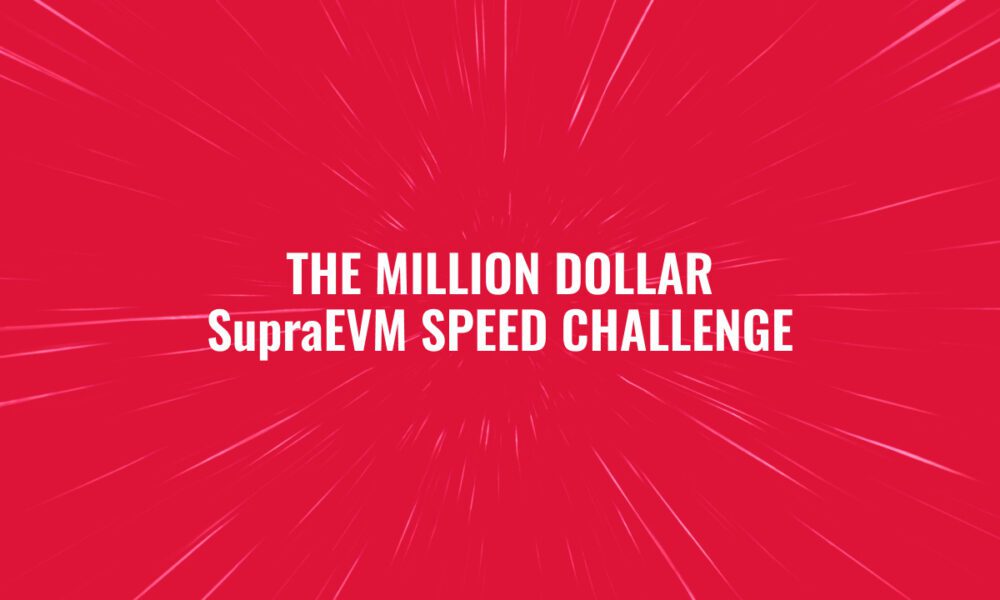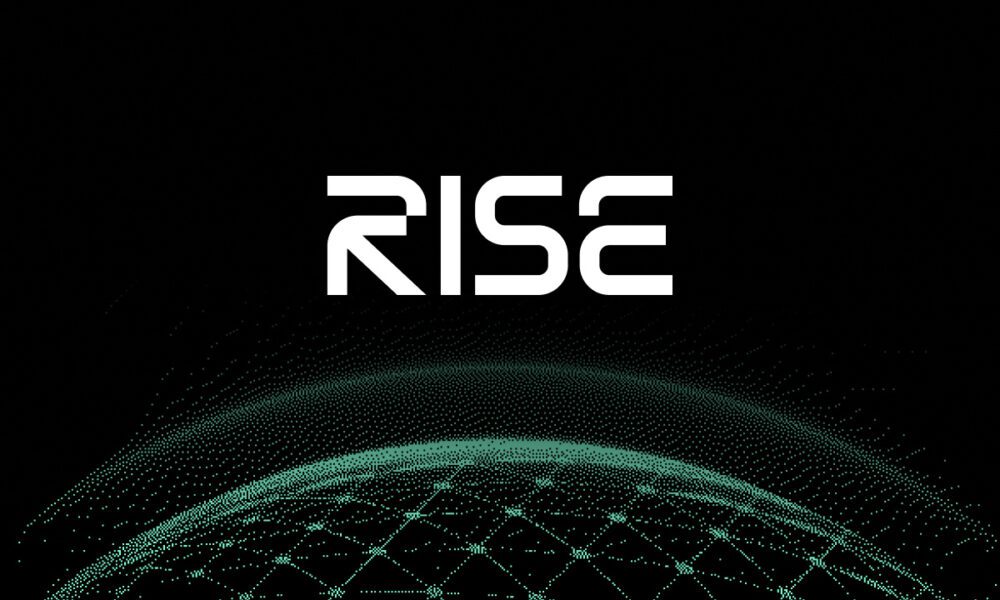In an age defined by digital acceleration, cloud migration, and automation at scale, one principle remains unchanged across the world’s most complex enterprises: technology must work flawlessly, continuously, and intelligently. It is in this quiet but mission-critical arena that Shravan Kumar Reddy Padur has built an extraordinary record of technical innovation, architectural leadership, and measurable impact.
For more than eighteen years, Shravan has worked in environments where even minimal disruption is expensive, where confidence in systems is fundamental to business performance, and where enterprise platforms must function not merely as infrastructure but as strategic engines of value. While the technology community often celebrates products and interface layers, Shravan’s contributions focus on something more foundational: the intelligent, always-available backbone beneath them.
His professional story demonstrates a rare consistency. Shravan has repeatedly transformed fragile legacy environments into modern intelligent systems, guided organizations through zero-downtime digital modernization, pioneered self-healing database and automation frameworks, and championed low-code internal platforms long before they were mainstream.
This is not the story of a technologist who followed trends. It is the story of a technologist who built them internally years before industry headlines caught up.
“Infrastructure has always been treated as something that must run in the background. I believe infrastructure should be aware of itself, capable of recovery, and able to guide its own evolution,” Shravan says. “If a system waits for a human to save it, it is already behind.”
From Fragile Legacy Systems to Continuous-Availability Platforms
Shravan first made his mark during large-scale enterprise modernization programs. At a time when many companies still accepted multi-hour ERP outages as normal, he proved that Oracle E-Business Suite could evolve without taking the business offline. Through meticulous planning, system rehearsals, and automation, he enabled multiple upgrade events with near zero business disruption for global manufacturing and supply chain functions.
These projects were far more than infrastructure upgrades. They were operational turning points. Teams that once feared patch cycles and upgrade windows began to treat modernization as predictable and controlled. Downtime was no longer tolerated because Shravan demonstrated that it was no longer necessary.
A senior program leader who worked closely with him reflected on that period, saying, “For years we accepted maintenance windows as a way of life. Shravan showed us that modernization can be invisible to the business. That changes everything.”
Executives credit his discipline and structured approach. He applied edition-based redefinition concepts, dual file system architecture, failover rehearsals, and rollback procedures in a rigorously consistent manner. Each upgrade cycle became an engineering exercise in precision and trust-building.
What began as a requirement quickly evolved into a competitive advantage. Predictability in mission-critical systems allowed business units to plan confidently, scale their operations, and pursue transformation initiatives that once seemed risky.
Engineering Self-Healing Enterprise Systems
Innovation is most valuable when it reduces friction and increases reliability without drawing attention to itself. Shravan’s work in autonomous resilience embodies this principle.
Between 2017 and 2018, he implemented automated failover frameworks using Oracle RAC clusters and Data Guard. Under his architecture, infrastructure no longer waited for human approval to protect itself. When services degraded or nodes failed, systems made recovery decisions independently, with business services remaining uninterrupted.
Colleagues who witnessed this evolution describe it as watching the future take shape. “When we saw failovers happening instantaneously without manual involvement, it felt like a milestone moment,” said an engineering peer. “It showed us that autonomy in enterprise systems is not theoretical. It is achievable and it is measurable.”
Shravan’s frameworks ran in demanding environments that supported critical business operations. Self-healing automation was not a lab experiment. It was a live capability with zero tolerance for failure. By embedding policy-driven scripts, telemetry signals, and recovery sequencing, he created environments where operational resilience was engineered into the fabric of the platform.
His belief is simple. “If a business depends on a system, then that system must protect itself. Human response is too slow for the scale at which enterprises operate today.”
Intelligence in Infrastructure: A Look Ahead of the Curve
By 2018, the industry was beginning to talk about machine learning for IT operations. Shravan was already implementing the principles. He paired real-time metrics with forecasting models to anticipate usage spikes and plan capacity. He identified inefficiencies in resource provisioning and created automated guardrails for cost and performance alignment.
Much of this work occurred before cloud cost management tools matured. Shravan anticipated that the future of enterprise infrastructure would demand financial intelligence as much as technical resilience. The results were clear. The systems he influenced became smarter buyers of compute and storage. They scaled when needed, conserved when possible, and evolved based on data.
A senior business leader described this capability as powerful and refreshing. “Shravan connected two worlds that rarely speak to each other: financial accountability and technical excellence. He made infrastructure decisions strategic and defensible at the executive table.”
A Champion of Empowerment: Building Platforms That Enable People
Technology transformation is not simply about systems. It is about the people who use them. Shravan recognized early that self-service is the natural evolution of digital operations. He introduced internal development and reporting platforms using Oracle APEX and REST services, empowering non-technical teams to create secure workflows, dashboards, and solutions independently.
This work fundamentally changed internal velocity. Teams that once waited in backlog queues gained the ability to solve operational problems directly. They did not need to bypass governance because governance was designed into the platform. It became a case study in what happens when technology leadership views empowerment as part of architecture.
Shravan explains, “Good infrastructure should not create gatekeeping. It should create capability. My goal has always been to design systems where technology does not slow anyone down.”
His colleagues recognized this as well. One senior IT manager commented, “Shravan did not just automate systems. He accelerated people. He moved us from asking to creating.”
A Leader Known for Calm Discipline and Technical Precision
Peers and executives consistently highlight Shravan’s composure, decision clarity, and disciplined execution. Complex programs rarely unfold perfectly. Unexpected variables arise. Teams get tense. Under those conditions, reliability in leadership becomes as important as reliability in systems.
A director who collaborated with him on critical cutover cycles recalls, “When challenges surfaced, Shravan never reacted emotionally. He approached every situation with calm logic. It made everyone around him more confident.”
His leadership extends beyond projects. He has mentored engineering teams, advocated for Infrastructure as Code practices, taught automation frameworks, and guided teams through shift-left operational thinking. His impact is visible not only in the systems he has built, but also in the people and practices he has elevated.
The Road Ahead
Today, the world is accelerating toward platforms that can explain their own decisions, anticipate user needs, and continuously refine themselves. Shravan sees this clearly. “The next generation of enterprise systems will not wait for administrators. They will collaborate with them,” he says. “We are moving toward infrastructure that not only responds, but learns and advises.”
For many organizations, this sounds aspirational. For Shravan, it sounds familiar. He has already delivered components of that future. He has already seen self-healing clusters work. He has already experienced predictive resource planning delivering tangible returns. He has already empowered business teams to innovate without technical bottlenecks.
He has built his career anticipating where enterprise infrastructure is going and guiding organizations there responsibly, methodically, and ahead of the curve.
In a landscape full of technology headlines and fleeting innovation cycles, Shravan Kumar Reddy Padur represents something different and rare: a builder of systems that last, evolve, and elevate everyone who relies on them. His work is not seen on product pages or consumer apps, yet it shapes the trust, performance, and confidence behind business operations that serve markets and communities every day.
He does not claim the spotlight. Instead, he builds the light under which the enterprise runs.
And that is the mark of a leader who truly understands the future he is helping to engineer.



































